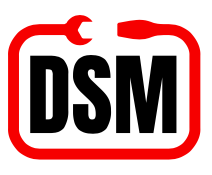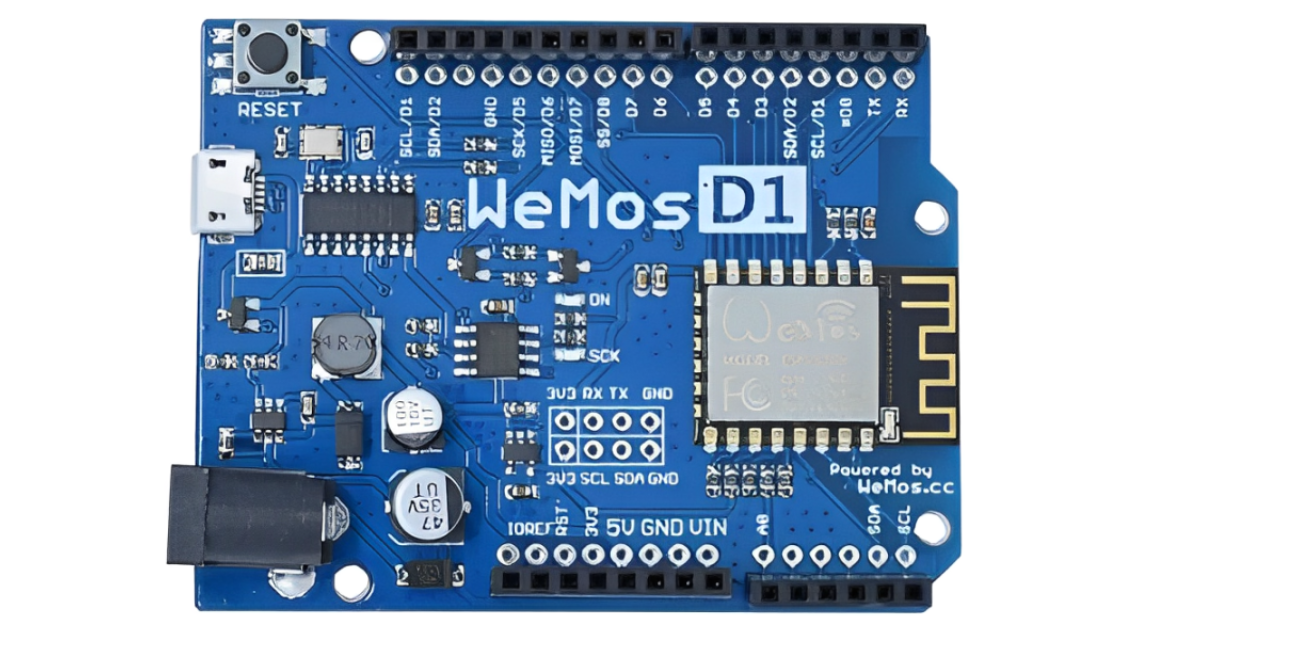The Wemos D1 R2 V2.1.0 is a compact and low-cost Wi-Fi development board based on the Espressif ESP8266 microcontroller. It's designed to be user-friendly, making it an excellent option for beginners venturing into the world of IoT and experienced developers seeking a reliable platform. Its small size and affordability make it ideal for prototyping and deploying embedded systems.
Key Features and Specifications:
- ESP8266 Microcontroller: This powerful chip integrates a 32-bit RISC processor, Wi-Fi capabilities, and a rich set of peripherals.
- Built-in Wi-Fi: The integrated 802.11 b/g/n Wi-Fi allows the board to connect to your local network and the internet, enabling seamless data transfer and remote control.
- Arduino Compatibility: The D1 R2 V2.1.0 is designed to be compatible with the Arduino IDE, making it easy to program using the familiar Arduino language and libraries. This significantly lowers the learning curve for those already familiar with Arduino.
- Digital and Analog Pins: The board offers a good selection of digital and analog pins, allowing you to connect various sensors, actuators, and other electronic components.
- USB Connectivity: A micro-USB port provides power to the board and facilitates programming.
- Small Form Factor: The compact design makes it easy to integrate the board into various projects, even those with limited space.
- Open Source: The hardware and software are open-source, fostering a vibrant community and providing access to a wealth of resources.
Why Choose the Wemos D1 R2 V2.1.0?
Several factors contribute to the popularity of this development board:
- Ease of Use: The Arduino compatibility and clear documentation make it incredibly easy to get started, even for beginners.
- Cost-Effectiveness: The D1 R2 V2.1.0 is remarkably affordable, making it accessible to hobbyists and students.
- Wi-Fi Connectivity: The built-in Wi-Fi eliminates the need for external Wi-Fi modules, simplifying the setup and reducing the overall cost.
- Versatility: The board can be used in a wide range of IoT projects, from simple sensor monitoring to complex automation systems.
- Large Community Support: A large and active community provides ample support, tutorials, and code examples, making it easy to find solutions to common problems.
Applications of the Wemos D1 R2 V2.1.0:
The possibilities for projects using the Wemos D1 R2 V2.1.0 are virtually endless. Here are a few examples:
- Home Automation: Control lights, appliances, and other devices remotely using your smartphone or voice commands.
- Environmental Monitoring: Collect data from temperature, humidity, and other sensors and send it to the cloud for analysis.
- Smart Agriculture: Monitor soil moisture, temperature, and other factors to optimize irrigation and improve crop yields.
- Industrial Automation: Control and monitor industrial equipment remotely.
- Wearable Devices: Create custom wearable devices for health monitoring or other applications.
- DIY Projects: Build your own weather station, smart doorbell, or other unique gadgets.
Getting Started with the Wemos D1 R2 V2.1.0:
- Gather your materials: You'll need the Wemos D1 R2 V2.1.0 board, a micro-USB cable, and any sensors or actuators you plan to use.
- Install the Arduino IDE: Download and install the Arduino IDE from the official Arduino website.
- Install the ESP8266 board package: Add the ESP8266 board package to the Arduino IDE so you can program the Wemos board.
- Connect the board: Connect the Wemos D1 R2 V2.1.0 to your computer using the micro-USB cable.
- Write your code: Use the Arduino IDE to write your code, incorporating the necessary libraries for your sensors and actuators.
- Upload the code: Compile and upload your code to the Wemos board.
- Test your project: Monitor the output from your sensors and control your actuators to ensure your project is working as expected.
Conclusion:
The Wemos ESP8266 D1 R2 V2.1.0 WiFi Development Board is a fantastic platform for anyone interested in exploring the world of IoT. Its ease of use, affordability, and versatility make it an ideal choice for both beginners and experienced developers. With a little creativity and the resources available online, you can use this powerful little board to create amazing projects that connect the physical world to the digital realm. So, grab a Wemos D1 R2 V2.1.0 and start building your next IoT innovation!

